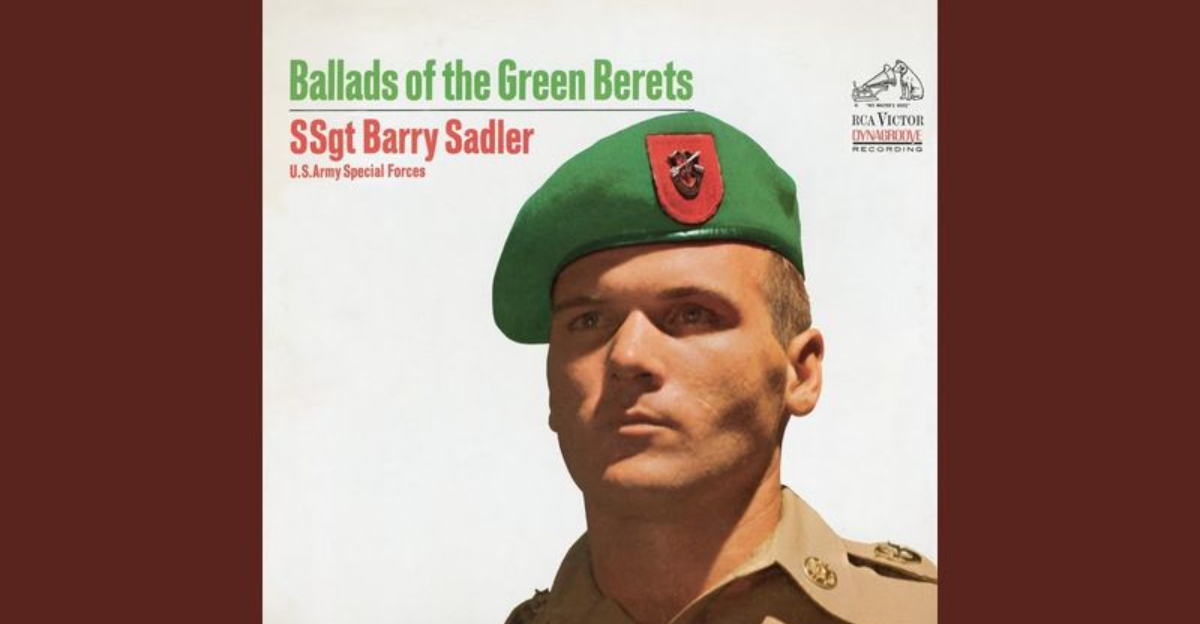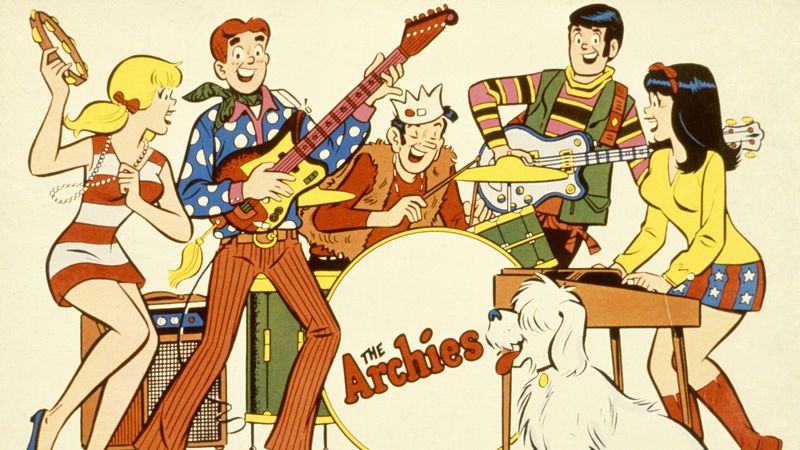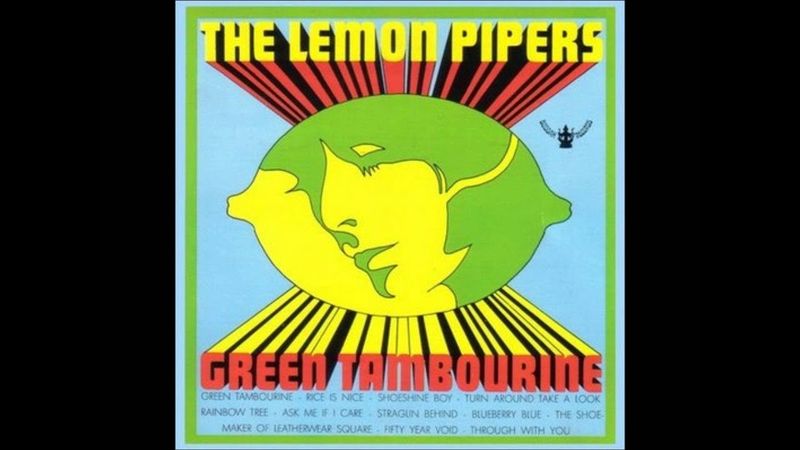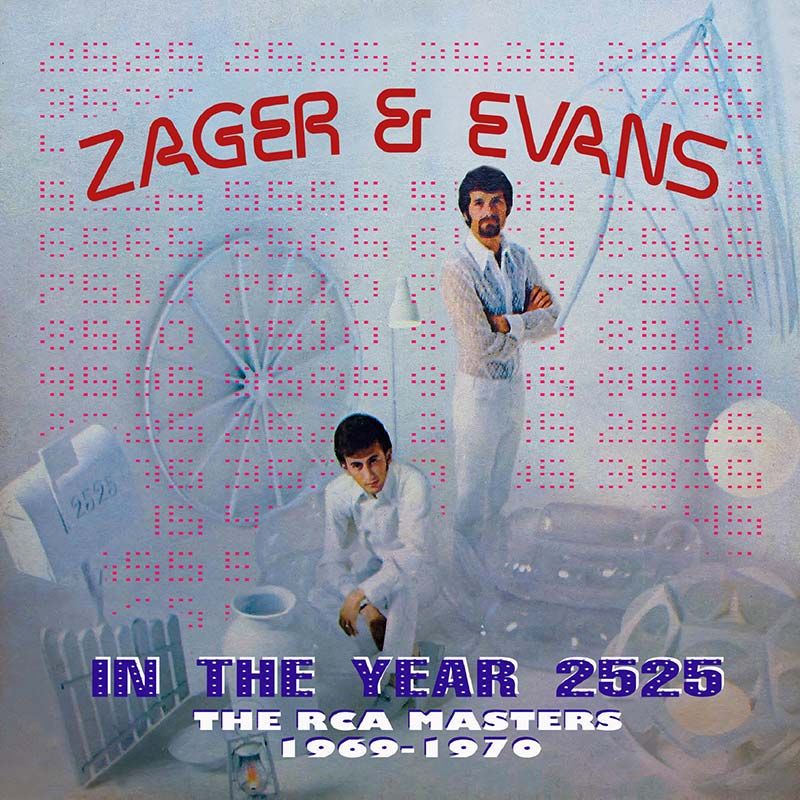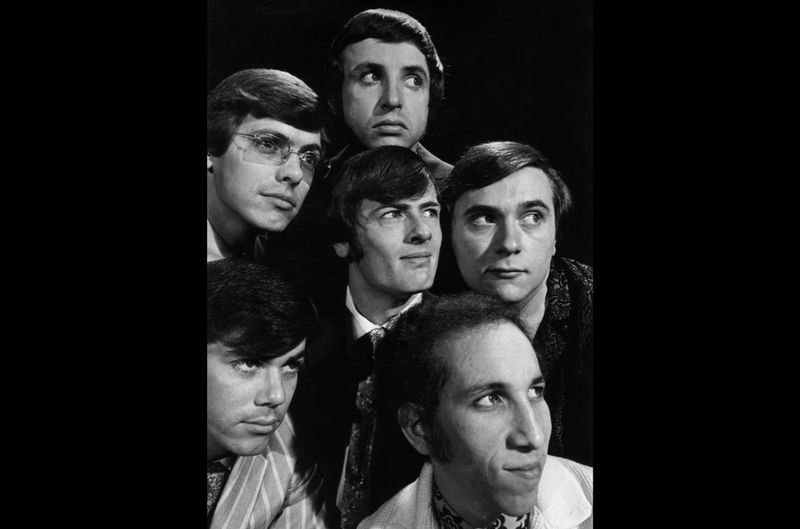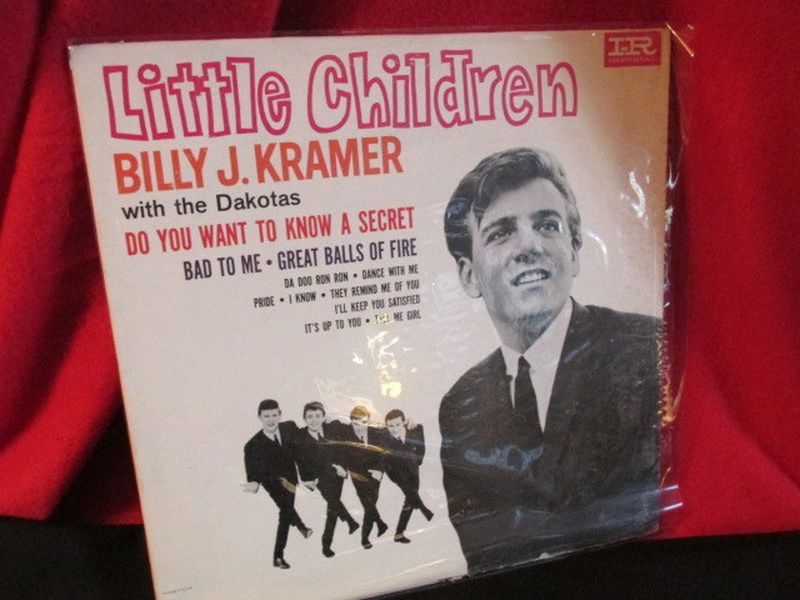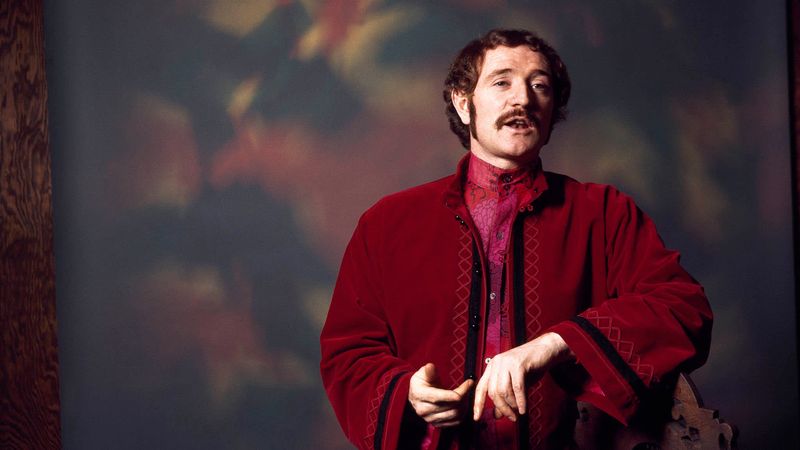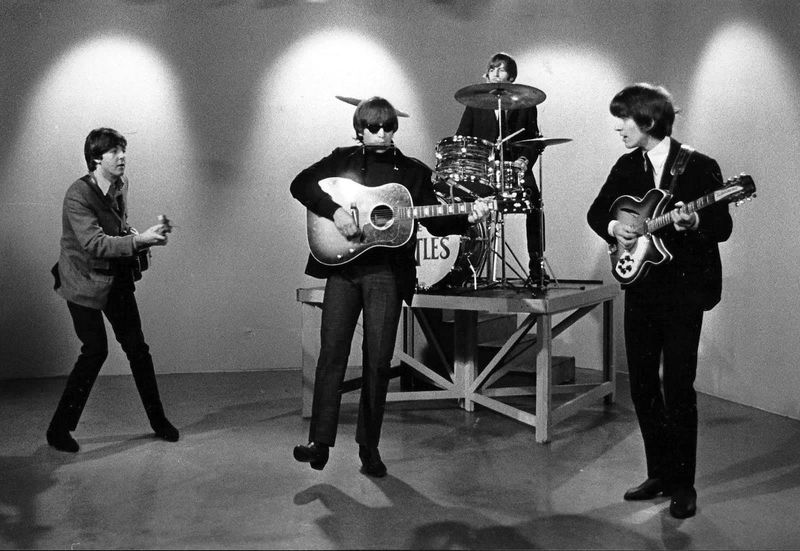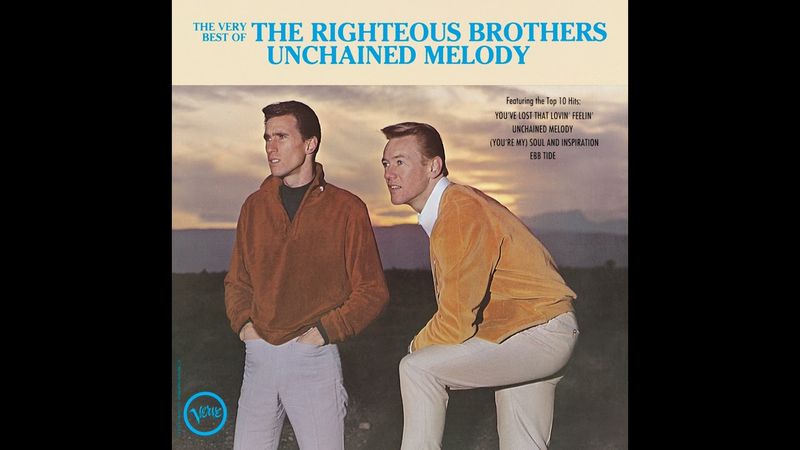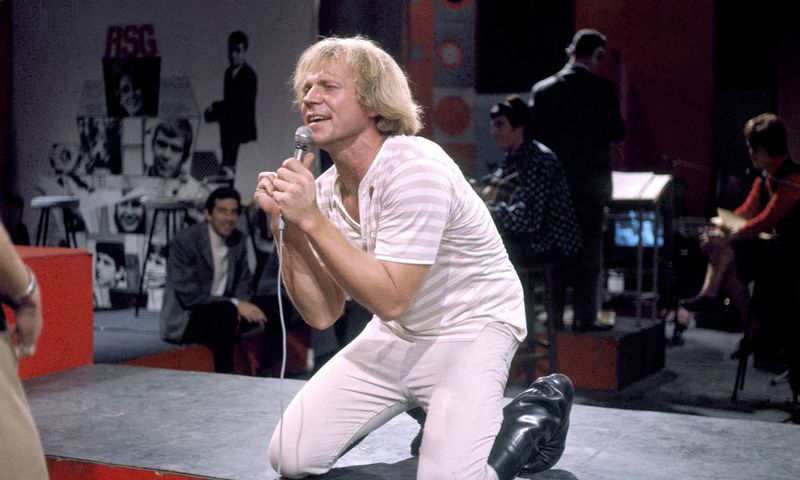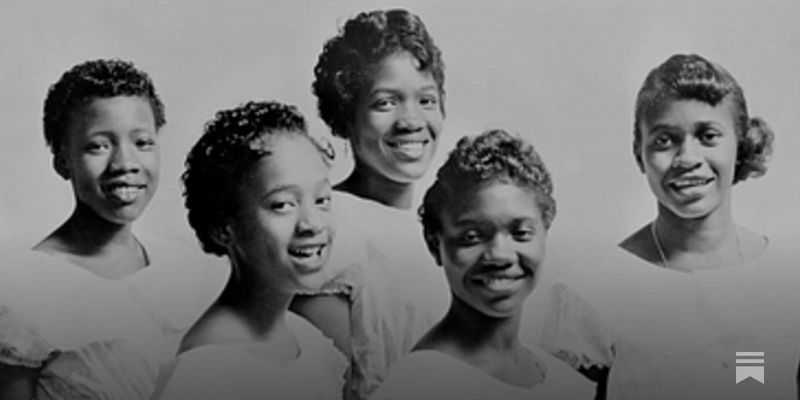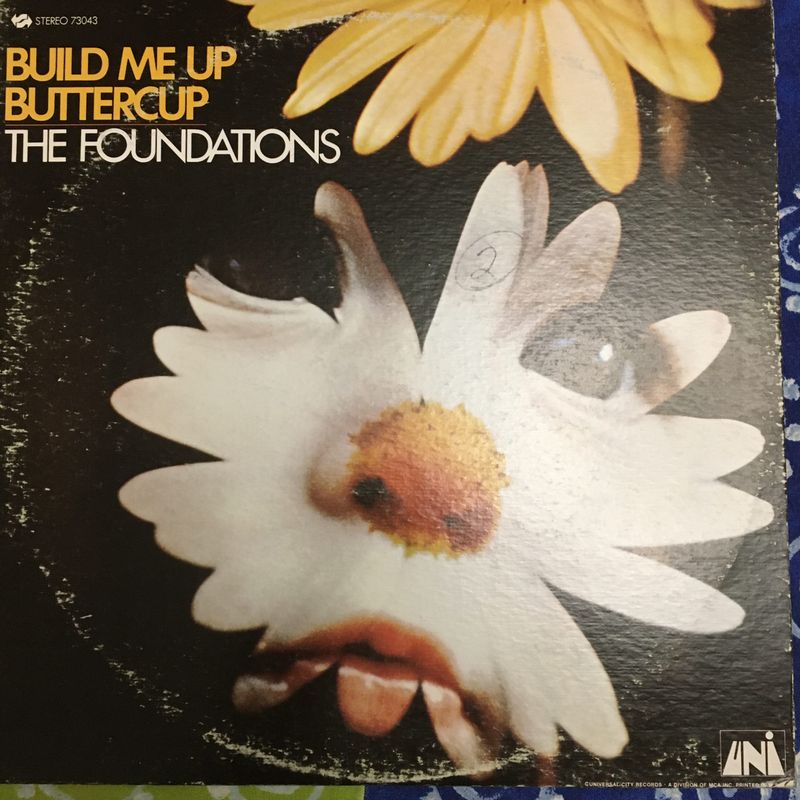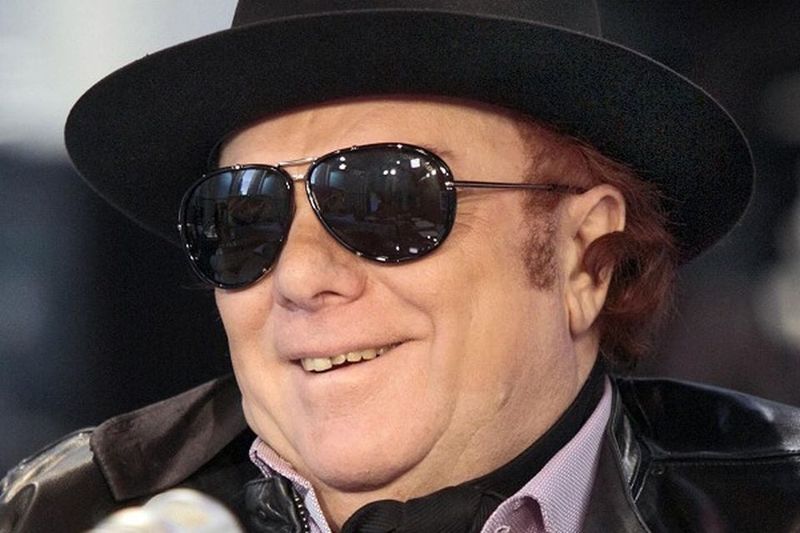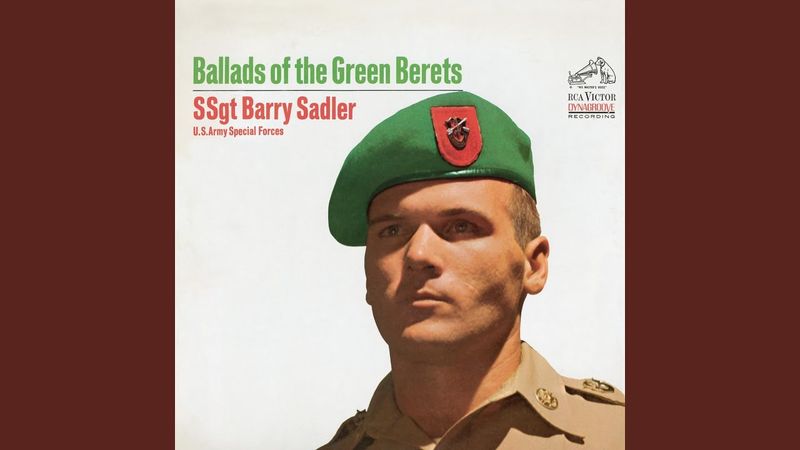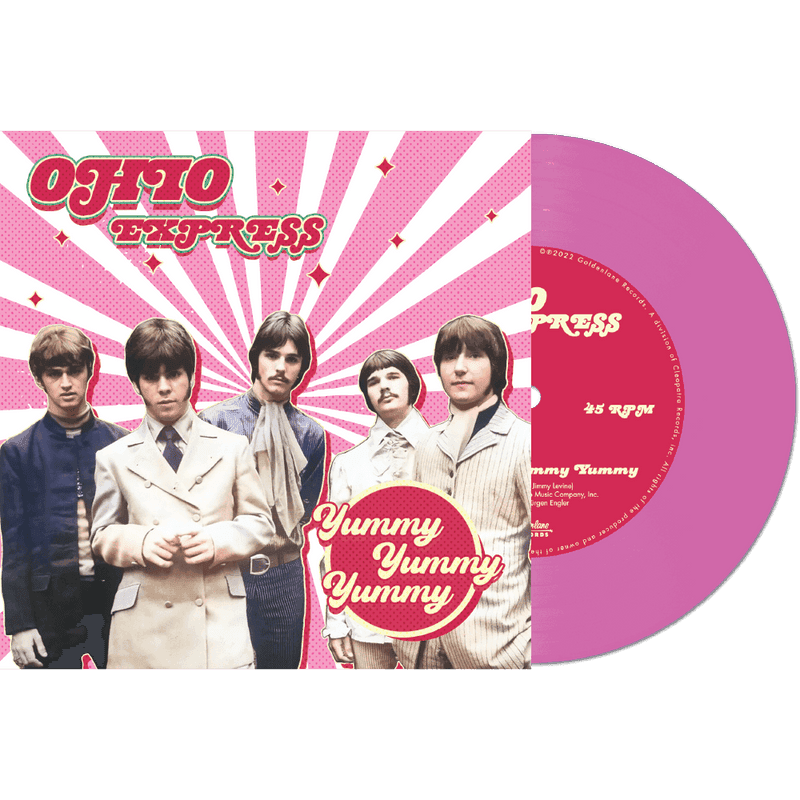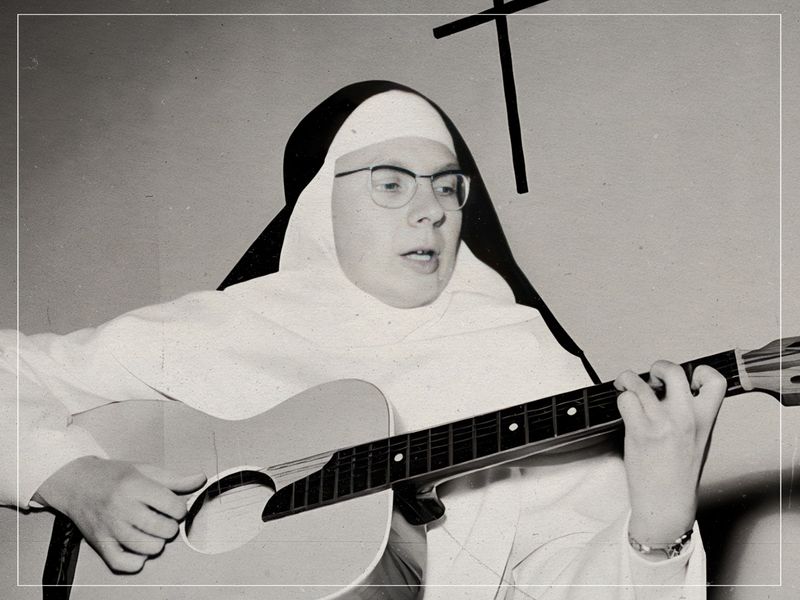The 1960s were a pivotal era for music, birthing iconic tracks that have shaped the musical landscape. However, some songs, played ad nauseam over the years, could well be retired to give our ears a break.
These tracks, synonymous with the era, bring nostalgia but may have overstayed their welcome in modern playlists.
Let’s explore these songs, each holding its own unique story and charm, yet perhaps ready to step back from the spotlight. Explore why each of these 15 songs makes the list.
1. “Sugar, Sugar” – The Archies (1969)
“Sugar, Sugar” by The Archies is a quintessential bubblegum pop tune that dominated the airwaves in the late ’60s. With its catchy chorus and playful melody, it quickly became a favorite among young audiences. Despite its charm, the song’s simplistic lyrics and repetitive tune can feel overly sweet, much like its title.
As a product of its time, the song was emblematic of the manufactured pop sound that appealed to a broad audience. Yet today, its perpetual presence in commercials and retro playlists has led to listener fatigue.
Fun fact: This song was a fictional hit for a cartoon band!
2. “Green Tambourine” – The Lemon Pipers (1967)
The Lemon Pipers’ “Green Tambourine” captures the essence of the psychedelic era with its vivid imagery and whimsical sound. The song invites listeners into a world of colorful imagination, driven by its distinctive tambourine rhythm.
Despite its initial success, the song’s psychedelic charm feels dated, often overshadowed by more timeless tracks from the era. Its vivid imagery, once enchanting, now appears somewhat kitschy.
“Green Tambourine” was one of the first bubblegum pop songs to hit number one, symbolizing the fleeting nature of the genre’s appeal.
3. “In the Year 2525” – Zager and Evans (1969)
Zager and Evans’ “In the Year 2525” paints a dystopian future, capturing the anxieties of the late 1960s. The song’s lyrics take listeners on a speculative journey through time, each verse exploring the consequences of technological advancement.
While impactful during its time, its heavy-handed delivery and bleak outlook haven’t aged well. The song’s prophecy-driven narrative feels out of place in today’s music landscape, where optimism often takes center stage.
Interesting tidbit: This song was the duo’s only hit, marking a brief but memorable moment in the charts.
4. “Cherish” – The Association (1966)
“Cherish” by The Association is a ballad that epitomizes the romantic spirit of the 1960s. Its gentle melody and heartfelt lyrics made it a favorite for couples and weddings.
However, the song’s overtly sentimental tone can feel cloying to modern ears. While it speaks to eternal love, its earnestness may seem exaggerated today, overshadowing its lyrical beauty.
Did you know? “Cherish” was one of the first songs to mix rock with lush orchestral arrangements, influencing many future ballads.
5. “Little Children” – Billy J. Kramer & The Dakotas (1964)
“Little Children” by Billy J. Kramer & The Dakotas tells a playful yet subtly unsettling story through its lyrics. The song’s narrative involves coaxing children to keep secrets, wrapped in a catchy melody that belies its unusual theme.
While musically engaging, the lyrics raise eyebrows today, as the playful intent can be misinterpreted. Its charm lies in its ability to create vivid imagery, though its content doesn’t resonate well with contemporary audiences.
Fun Fact: This was one of the early British Invasion hits in the U.S., showcasing the era’s transatlantic musical exchange.
6. “MacArthur Park” – Richard Harris (1968)
Richard Harris’s “MacArthur Park” is an epic ballad known for its abstract lyrics and grand orchestration. The song’s vivid, though puzzling, imagery of a cake left in the rain has intrigued listeners for decades.
Despite its ambitious nature, the song’s dramatic delivery and length can feel overwhelming, often sparking debate among music enthusiasts. Its metaphorical complexity leaves some listeners puzzled rather than enchanted.
Did you know? The song was originally intended for The Association, but Richard Harris’s theatrical rendition made it famous.
7. “Ob-La-Di, Ob-La-Da” – The Beatles (1968)
The Beatles’ “Ob-La-Di, Ob-La-Da” is a track that divides fans and critics alike. Its upbeat rhythm and catchy lyrics tell the simple story of Desmond and Molly Jones, painting a picture of everyday life.
Despite its playful nature, even within The Beatles, the song has drawn mixed reactions. Some band members themselves were not fond of it, and its repetitive chorus can feel tiresome.
Fun Fact: Paul McCartney was inspired by a Nigerian friend’s expression, “Ob-La-Di, Ob-La-Da, life goes on,” which became the song’s central theme.
8. “You’ve Lost That Lovin’ Feelin’” – The Righteous Brothers (1964)
The Righteous Brothers’ “You’ve Lost That Lovin’ Feelin’” is a soulful anthem of love and longing. Its powerful vocals and lush orchestration have made it a staple in romantic playlists.
However, the song has been covered so extensively that its impact can feel diluted. While its emotional depth remains intact, listener fatigue is inevitable due to its pervasive presence across media.
Did you know? This song is one of the most played tracks on American radio, testament to its enduring appeal but also its overexposure.
9. “Eve of Destruction” – Barry McGuire (1965)
Barry McGuire’s “Eve of Destruction” is a protest song that captures the tumultuous spirit of the 1960s. Its urgent lyrics and raw delivery reflect the era’s social and political unrest.
While it resonated with audiences during its release, the song’s heavy-handed approach can feel outdated today. Its message, though powerful, lacks the nuance appreciated in contemporary protest music.
Fun Fact: “Eve of Destruction” was banned by some radio stations for its controversial content, amplifying its rebellious appeal.
10. “Mr. Lee” – The Bobbettes (1957)
The Bobbettes’ “Mr. Lee,” while technically a 1950s hit, continued to enjoy popularity into the ’60s. The song tells the story of a schoolgirl crush on a teacher, combining innocence with catchy doo-wop harmonies.
Despite its charm, the song’s quaint narrative feels out of step today. Its persistent play over decades has led to overexposure, rendering its novelty less impactful.
Did you know? “Mr. Lee” was one of the first songs by an all-girl group to hit the top charts, paving the way for future female artists.
11. “Build Me Up Buttercup” – The Foundations (1968)
The Foundations’ “Build Me Up Buttercup” is a buoyant track that has become synonymous with feel-good nostalgia. Its upbeat tempo and catchy chorus have made it a perennial favorite at parties and karaoke nights.
While undeniably infectious, the song’s constant rotation can lead to listener fatigue. Its simplistic lyrics, once endearing, may now seem repetitive.
Fun Fact: Despite not hitting number one in the charts, “Build Me Up Buttercup” remains a cultural touchstone, heard in movies, commercials, and beyond.
12. “Brown Eyed Girl” – Van Morrison (1967)
Van Morrison’s “Brown Eyed Girl” is a timeless classic that captures the essence of youthful romance. Its infectious melody and lively beat have made it a favorite across generations.
However, its overplay has led some listeners to seek fresh alternatives, despite its enduring charm. The song’s universal appeal is both a blessing and a curse, contributing to its overexposure.
Did you know? “Brown Eyed Girl” was initially titled “Brown Skinned Girl,” reflecting the spirit of the era before being altered by producers.
13. “The Ballad of the Green Berets” – Staff Sgt. Barry Sadler (1966)
Staff Sgt. Barry Sadler’s “The Ballad of the Green Berets” is a patriotic anthem that reflects the valor and sacrifice of soldiers. Its martial beat and stirring lyrics resonated deeply during the Vietnam War era.
Yet, in today’s context, the song’s straightforward patriotism may not strike the same chord. While honoring bravery, its style feels dated to modern sensibilities.
Interesting tidbit: This was one of the few pro-military songs to top the charts during the Vietnam War, highlighting its unique place in music history.
14. “Yummy Yummy Yummy” – Ohio Express (1968)
Ohio Express’s “Yummy Yummy Yummy” epitomizes the bubblegum pop genre with its sugary-sweet lyrics and catchy melody. The song’s playful repetition of “I got love in my tummy” made it an instant hit among teens.
However, its simplistic nature can feel overly kitsch, thus losing its novelty over time. The song’s enduring presence in retro playlists might not appeal to those seeking depth.
Fun Fact: “Yummy Yummy Yummy” was part of the bubblegum music wave that swept the late ’60s, a genre known for its poppy hooks and lighthearted themes.
15. “Dominique” – The Singing Nun (1963)
“Dominique” by The Singing Nun is a charming tune that tells the story of Saint Dominic. Sung in French, its gentle melody and heartfelt lyrics captivated audiences worldwide.
Over the years, its novelty has waned, with some finding its religious theme less relatable in modern contexts. Though once a cultural phenomenon, today it feels more like a quaint relic.
Did you know? The Singing Nun, also known as Sister Luc-Gabrielle, became an unlikely pop star, with “Dominique” topping the charts across the globe.
